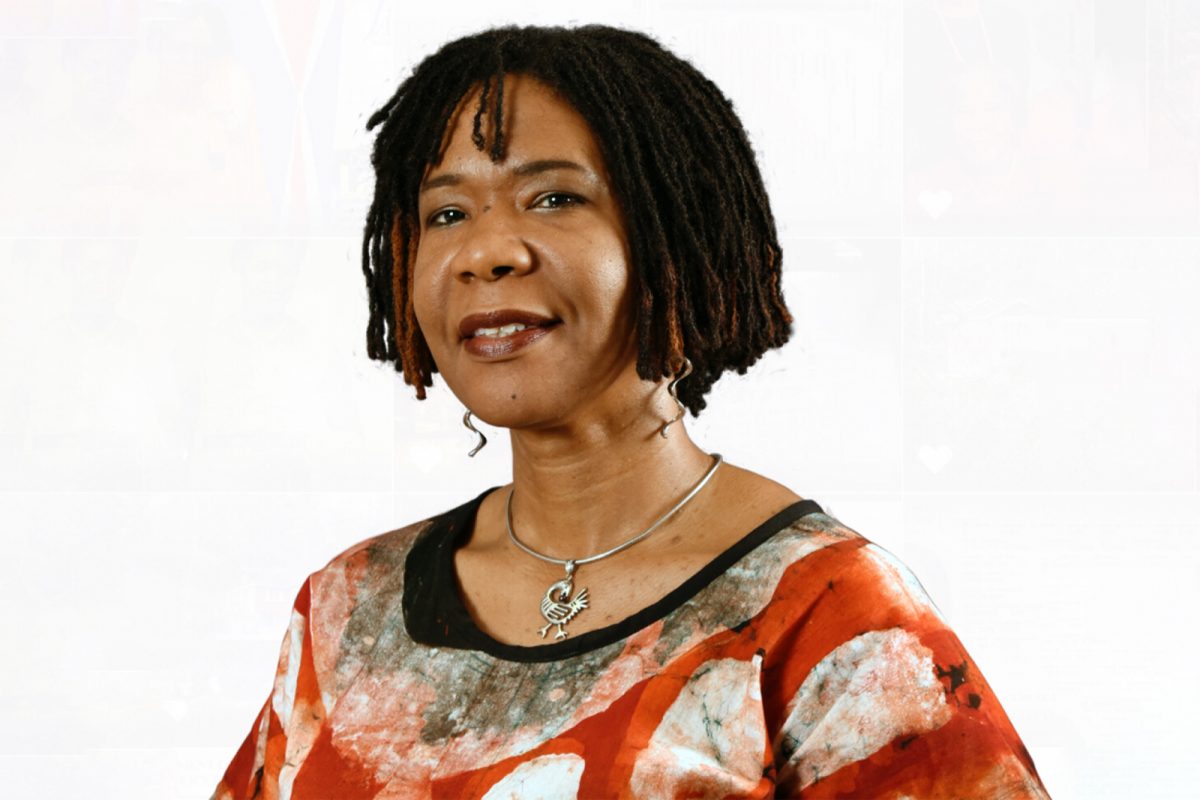Get On With It! Culture Doctor Presses Gov’t To Create ‘Iconic’ Museum Of Jamaican Music

Director of the Institute of Caribbean Studies at the University of the West Indies, Dr. Sonjah Stanley Niaah, has called for the relevant authorities to move with alacrity to establish a proper Museum of Jamaican Music in Kingston, even if it means turning to crowd-funding to accomplish the milestone, to elevate the current museum from the small space it occupies at the Institute of Jamaica.
“It’s kind of a sin that Jamaica does not have a more prominent established Jamaica Music Museum,” Dr. Stanley Niaah said during a recent interview on Radio Jamaica’s Two Live Crew.
She cited Cape Town in South Africa, a city with a far less rich music culture and history than Kingston, which had its own museum, while Jamaica with eight distinct forms of music, and its capital being the home of Reggae and Dancehall, having only a ‘match-box space’ at the Institute of Jamaica.
“Why don’t we have functional spaces, fantastic museums dedicated to our music… we certainly do not have an established iconic music museum and we need to be able to move that forward. We may need some crowd funding if that’s what it takes. Before COVID-19 I know there was money allotted to be able to move that project forward,” Dr. Niaah said.
“We need to get on with it! As a nation, I believe we need to get on with it!” she affirmed.
Her sentiments mirror that of her colleague professor Carolyn Cooper, a specialist in culture and development who noted in an article published in the Gleaner in February last year, that it was “high time for the Jamaica Music Museum to step up in life”.
“The Jamaica Music Museum on Water Lane is housed in a former storeroom of the Institute of Jamaica. It seems smaller than any of the seven rooms in which the exhibition is mounted, Professor Cooper said in reference to the grand Jamaica Jamaica! How Our Music Conquered the World exhibition which was taking place at the National Gallery at the time.
“Despite the lack of appropriate resources, the director/curator of the Jamaica Music Museum, Herbie Miller, has been cautiously carrying water in a basket. A little tar here and there…,” she wrote.
Professor Cooper also said she longed for the day when the Jamaica Music Museum will move beyond Water Lane. According to her, if only the Jamaican government would withdraw from the monarchy, then the grounds of King’s House could be used for a variety of purposes, including a new Parliament building, a performing arts centre and the National Gallery.
“The rebranded former gallery could become a music museum we could all be proud of,” she said.
She also said the Jamaica Jamaica exhibition, unfortunately, did not carry some of the artefacts from previous exhibitions in France and Brazil, which were being “held in museums and private collections abroad”.
“It seems as if their curators did not want to risk sending them here. Art objects are sometimes acquired in dubious circumstances. So, perhaps, the curators feared that the rightful owners might claim their property,” Professor Cooper noted.
Like her colleagues at the UWI, Professor Cooper also stated that in the early days of the Jamaican music industry, neither the Government nor the private sector put much value on Jamaican creativity, largely because it was nurtured in rural Jamaica and within Kingston’s inner cities.
She also said that due to the “religious zeal of non-Jamaican collectors”, many valuable artefacts have been preserved, as “foreigners recognised the genius of Jamaican artists and cleverly amassed their work” but it was ‘too late to get back a lot of what has been lost”.
Professor Cooper, however, bemoaned the fact that even though the State belatedly discovered the economic power of Jamaica’s creative industries, it had still not learned the lessons of the past, as at the time several objects that should have been in the exhibition were still at the ports awaiting clearance due to prohibitive government tariffs on the movement of cultural artefacts, which made it rather costly to release the objects.
There have been appeals to Reggae Routes co-author Wayne Chen to push the government to establish a music museum that is up to international standards, a fact that he acknowledged indicating that the museum needed a purpose-built home and resources, and should be much bigger and more comprehensive, this after one of his followers indicated that she had no idea that Tenor Saw was only a youth when he voiced Ring the Alarm.
“Jamaica really needs a music museum…whenever I heard “ring the alarm” I pictured an old man,” one follower MoNia told the businessman in December 2019, before suggesting that maybe a bigger museum outside of Kingston could be established, “with wax statues, video rooms, dancehall costumes the works”.
